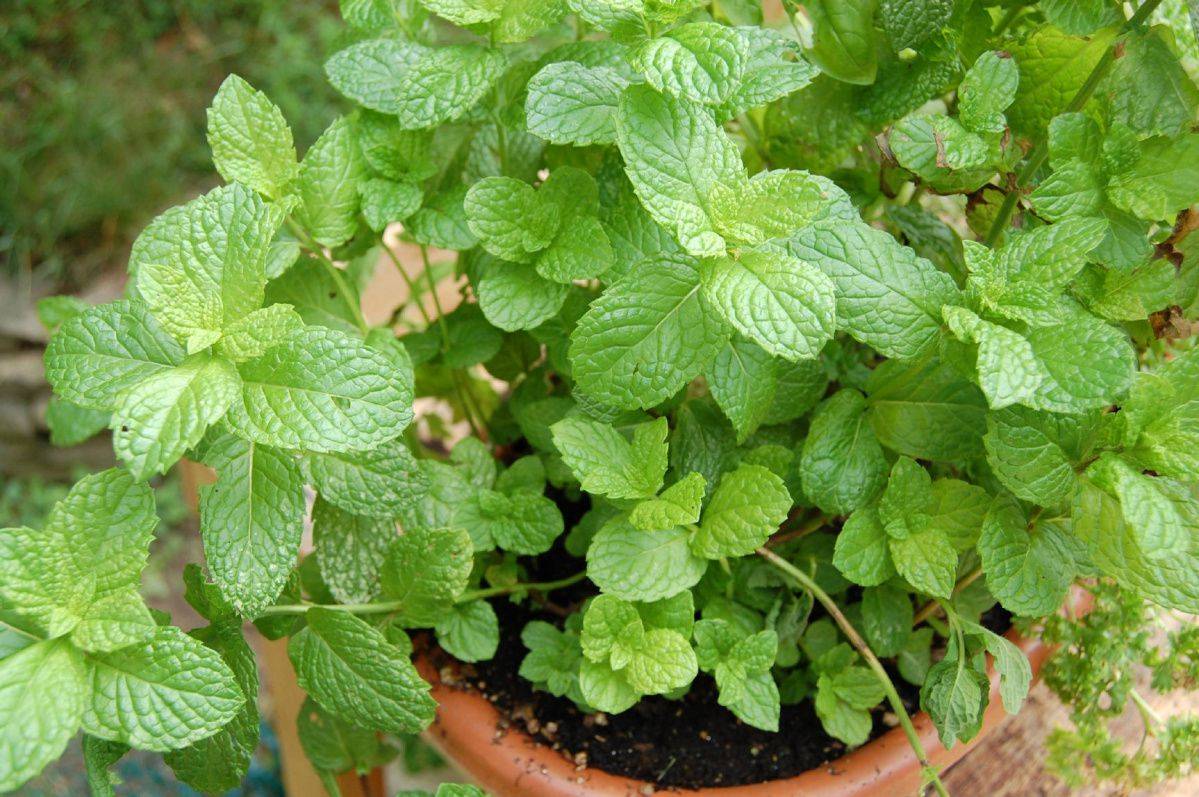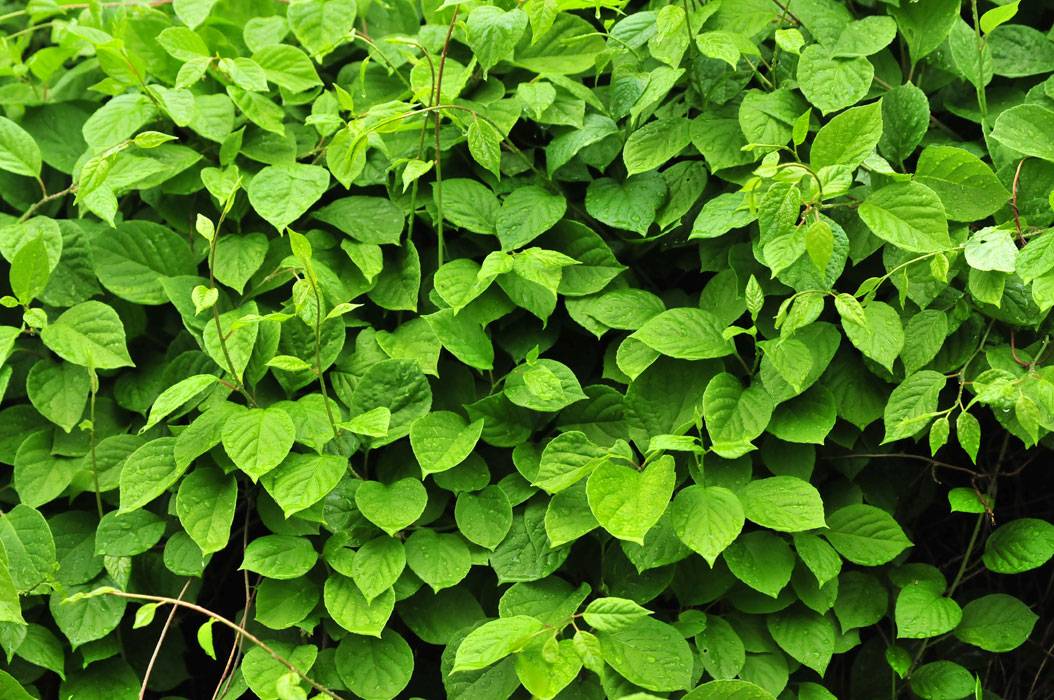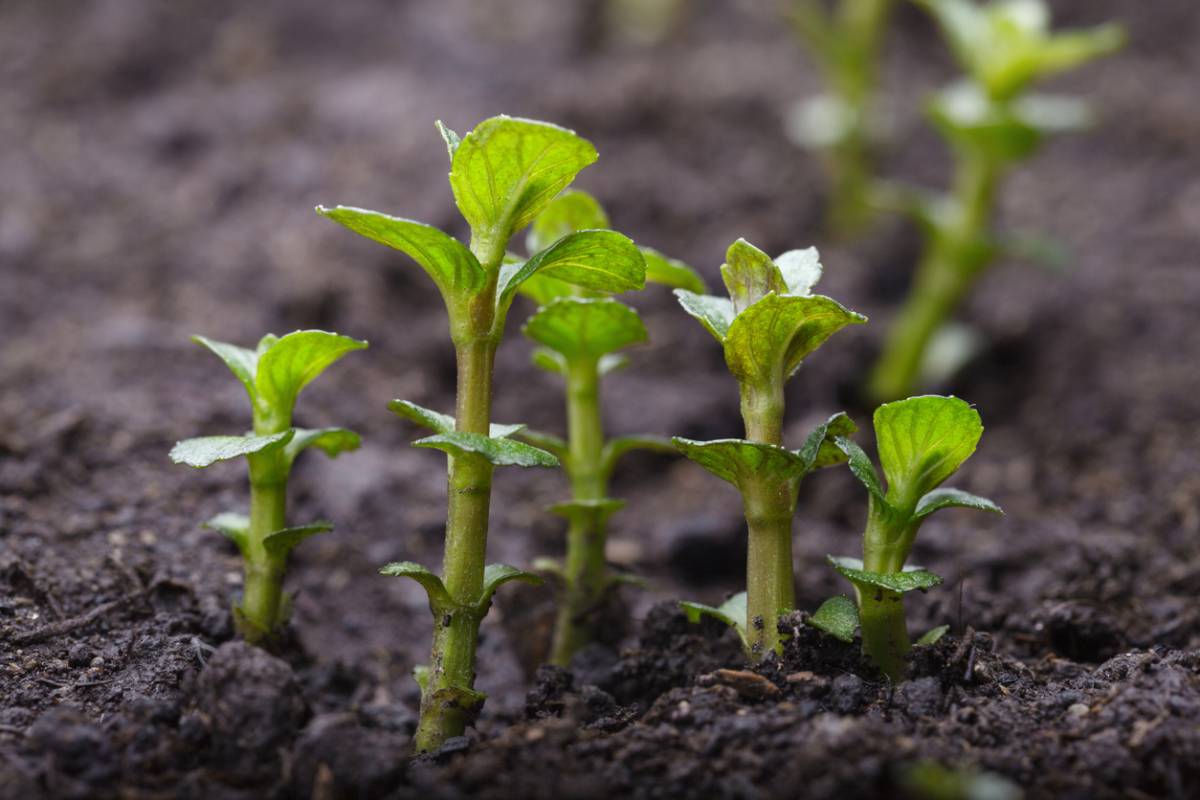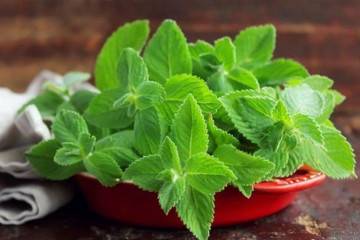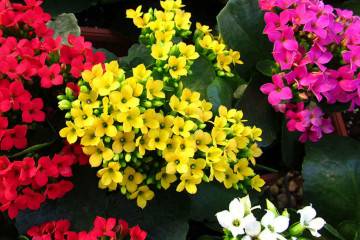Lemon mint - what it looks like, rules of care
Content:
Mint, lemon balm - plants that are grown at home on windowsills or in gardens. Lemon mint is especially attractive. Lush foliage, the unforgettable aroma that the bush emits, and its incredible properties have brought the culture to great popularity.
Lemon mint - what is this plant
The homeland of the plant is the Middle East and North Africa. It belongs to the Yasnotkov family. An adult plant reaches a height of 30-150 cm. It has a tetrahedral stem on which heart-shaped or ovoid petiole leaves with large teeth are located.
Lemon mint flowers are small. Their main shade is pale pink, lilac or white.
The plant is famous for its beneficial properties, has a medicinal effect. In this, it is not inferior to such medicinal plants as, for example, milk thistle.
- The content of essential oils allows mint to be used as a remedy. A decoction of mint, often when mixed with other medicinal herbs, helps to overcome stress. The broth is also taken for heart disease, when blood pressure is low.
- Decoctions and infusions of peppermint, lemon have a beneficial effect on patients with bronchial asthma, relieve migraine, neuralgia.
- Mint compresses help with gout, joint diseases.
But there is a contraindication: lemon mint should not be taken by people with individual intolerance. In some cases, muscle weakness, constipation, heartburn occur.
Growing lemongrass in the garden
Lemongrass, mint are unpretentious, although they are considered exotic plants, and many grow them in their gardens. If you have a desire to grow lemongrass in the garden, you should choose a suitable place for the plant.
The correct choice of a site for planting is a guarantee of healthy growth of bushes, a guarantee of their protection. For this, conditions suitable for the culture must be taken into account:
- the area should be well lit. The plant must be planted on the south side near buildings and structures;
- it is necessary to close the place from winds, drafts;
- it is necessary to create conditions for the plant under which the stem will curl. For this, a fence, a gazebo, an arch are suitable.
Taking care of lemon balm, planted in the open field, does not involve any particular difficulties. You need to perform the following activities:
- the soil is weeded and loosened. After planting, the young shoots of lemongrass should be closely monitored;
- moderate watering. If the bushes of lemongrass have grown significantly, then they are watered as the soil dries out. After each watering, you need to loosen the soil in order to avoid the appearance of a crust;
- Lemongrass is fed 1 time at the beginning of the growing season.The use of complex mineral fertilizers is encouraged. Effective feeding will turn out if you add 50 g of superphosphate to 10 liters of water, ammonium nitrate - 20 g, potassium chloride - 15 g;
- for successful wintering at the end of August, potash-phosphorus fertilizers are added to the soil;
- trimming lemon balm. After this procedure, the plant quickly recovers its strength, new branches appear, density is formed;
- even during the period of growing seedlings, it is necessary to pinch the shoots. This should be done at a height of 10-15 cm. Further, radical plucking is performed two or three times per season.
How to grow lemon balm at home
At home, you can grow several varieties of lemon balm at once. It looks very nice on the windowsill.
Flower care is simple. Proper watering and timely feeding are necessary. In addition, there must be good illumination and no drafts.
Popular varieties for breeding on the windowsill at home
For indoor floriculture, it is assumed for the cultivation of several popular varieties of lemon balm:
- Pure gold. The variety is unpretentious in care, but with an unusual effect. A small bush blooms with various inflorescences. They change shades. In the beginning, these are white flowers. At the last flowering, the hue turns blue;
- Lemon tea. The variety has an original lemon aroma. The leaves are often used for tea infusions;
- Mojito. This variety is used in cooking as a fragrant seasoning for meat dishes;
- Lemon flavor. A small type of plant, suitable for growing in the garden and at home.
How to care for lemon mint
First of all, they are determined with the optimal location of the pot. Among the basic requirements: good illumination, suitable temperature conditions, timely watering and the required humidity, proper feeding.
For lemon balm, you should select an open area with good natural sunlight. In this case, the seeds will germinate better, and the bush itself will acquire a rich aroma.
Watering young mint plants is carried out more often: while loosening the soil, with the addition of top dressing. Adult species are strong enough and do not require frequent watering. It is enough to water them during a period of severe drought.
Soil moisture should be monitored. Excessive oversaturation with moisture can lead to negative consequences: the soil can become swampy, the roots will rot.
The soil for mint is taken saturated with useful elements. Outside the home, preference is given to loamy, sandy loam types of soil with mandatory drainage to protect the root system from decay. They use crushed stone or broken brick. At home, for cultivation, drainage from fine gravel is also arranged.
The first digging takes place in autumn. Weeds are removed, fertilizers are applied. In the spring, the soil is loosened, weeds are removed.
Lemon mint propagation methods
There are three known methods of propagation of mint: seeds, cuttings, dividing the bush.
- Seeds are sown in open ground in spring, when the soil is thoroughly warmed up. The best time for this is the end of May. Grooves are prepared for seeds, the soil is moistened. They are sprinkled with soil with a layer of 1-1.5 cm. The first shoots appear in 3-4 weeks. They should be thinned out. The distance between shoots should be approximately 20 cm.
- Reproduction by dividing the bush. The bushes divide when they reach 3-4 years of age. By that time, they had already grown well. A favorable time for division is the end of May or the beginning of August.The bushes are carefully dug up and divided into separate parts. Each of them should have roots and 4-5 shoots. This is followed by the landing of individual parts in open ground.
- Propagation of mint using cuttings. In the spring, when young shoots have appeared, cuttings are cut from the top of the bushes. First they are put in water. A stimulant is added to speed up. After 2 weeks, the roots will appear. When this happens, the cuttings are planted in containers with loose soil, and after another 3 weeks they can be sent to the open ground.
How often does lemon mint bloom?
Flowers begin to bloom in July - August. During this period, the bushes emit a pleasant aroma. In the future, the smell increases the sharpness, and then disappears.
Mint blooms only in the second year after planting. When it is in the flowering period, clusters of multi-colored small flowers form in the leaf axils. Basically they are white, pinkish, lilac shades.
Mistakes when growing lemon balm
Gardeners' complaints about their inability to grow lemon balm are often unjustified. In the end, it all comes down to the fact that certain mistakes were made. For example:
- the plant is planted in the sun or is covered with a thick shade;
- dry poor soil is selected for the plant;
- the site is overgrown with weeds;
- the location of lemon balm is heavily blown.
Plant diseases and pests
Lemon mint can become infected with diseases during the processing of planting material. Improper care can provoke diseases such as black leaf spot, ascochitis, powdery mildew.
Fusarium wilting is treated by disinfecting seeds by spraying granosan on them. Powdery mildew is eliminated by spraying with Bordeaux liquid, which consists of 0.5% soda ash and ground sulfur. The treatments are repeated two weeks later.
The easiest treatment is to cut off damaged leaves, branches, and fruits.
Among the pests that annoy lemon mint, the most famous are:
- mint flea;
- green shield beetle;
- mint leaf beetle;
- mint mite;
- aphid;
- slobbering penny.
It can be difficult to immediately notice the presence of pests. The signs of their presence are withered speckled leaves, rotting roots.
There are many recipes for pest control. But mainly insecticides are used, for example, deltamethrin, decis. You can use a concentrated decoction of celandine for spraying bushes.
Planting lemon mint seedlings in your garden is the right decision as there are many benefits to be gained. Firstly, a fragrant herb will grow for making delicious tea, and secondly, a medicinal decoction can then be made from it, which will help with many ailments. The main thing is to choose the right place for lemongrass on the site.
